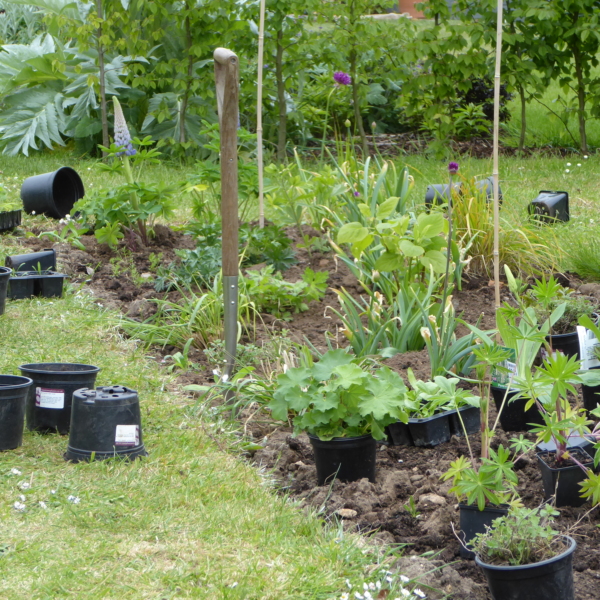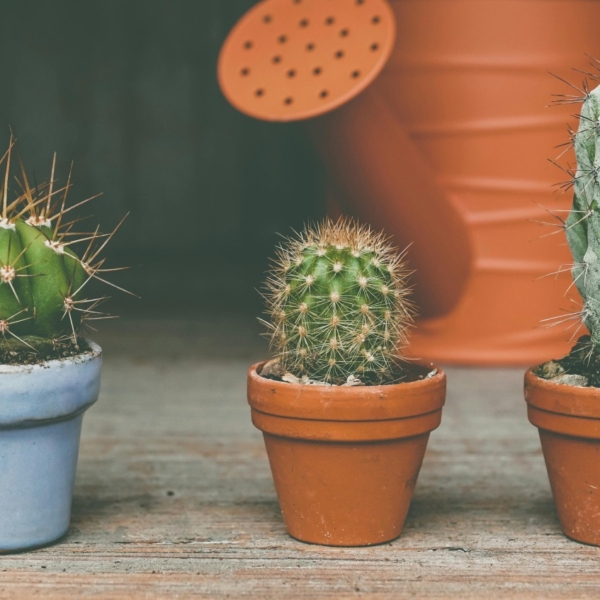Mother Fern, Asplenium bulbiferum
With a name like mother fern, this plant must be the end-all-be-all, mother of all ferns, right? You wouldn’t be far from the truth. I’m a huge fan of this magnificent specimen and I routinely add it to shady gardens. Hmm…..maybe another common name for this plant should be favorite ferny friend? (I am totally aware that this might not catch on.)
Please keep reading to learn more about this fabulous fern:
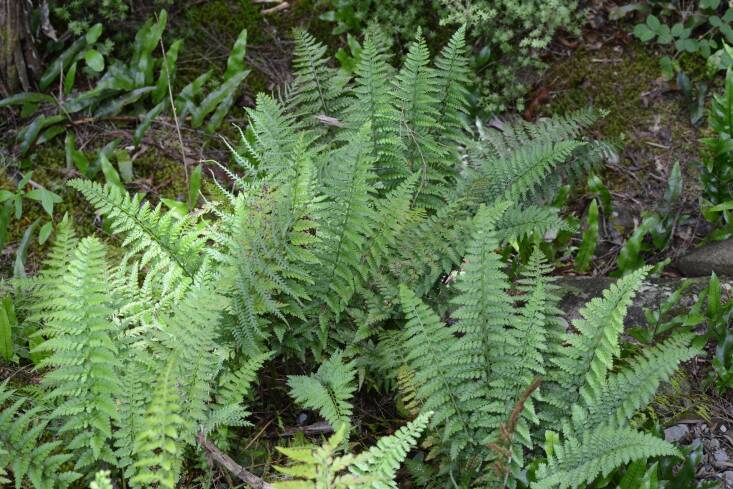
Mother fern also goes by hen and chickens fern, mother spleenwort, and New Zealand common spleenwort. With names like those, you instantly realize that this tropical fern is both native to New Zealand and probably holds some medicinal value to spleens. True on both counts: mother fern hails from the NZ region, and indigenous Maori collected young fronds and ate them raw or cooked. The hen and chickens moniker comes from the fact that the feathery fronds develop tiny offsets at the edges that grow to roughly two inches before falling off and then sprouting into new ferns near the parent plant. This is probably the real reason they call it mother fern.
Hardy to USDA Zones 9-11, this mildly tender evergreen fern really brings a vibrant and lush feel to gardens with its bright green lacy fronds that arch to two to three feet high; the entire plant grows to three feet wide. I like adding this fern to gardens where Japanese maples create dappled shade, where acorus and hakonechloa act as a grassy ground cover, and where other water-loving plants prevail. This fern also looks lovely tucked next to a large rock or around a water feature with fellow ferns and aquatic plants.
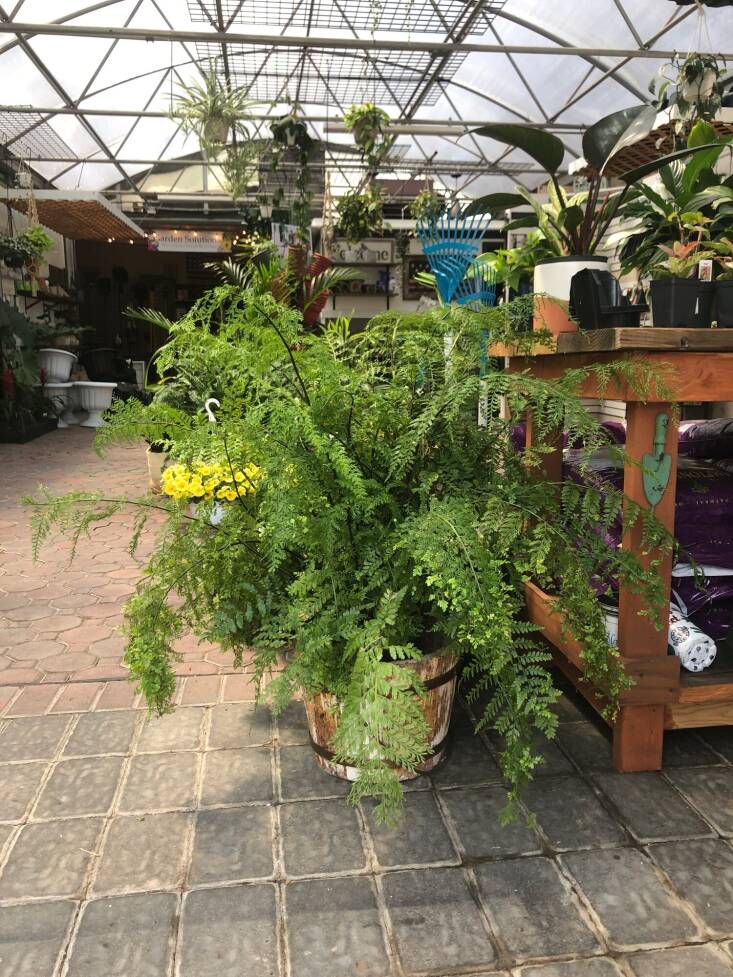
If you live in a colder region, consider growing this fern inside. A spot with lots of natural light is preferred. Even a covered porch or patio will work. Avoid hot direct sun through a window or skylight as this will scorch and dry out the delicate fronds. Indoors, this fern also likes consistent moisture but not soggy, so make sure your container drains properly. And if you really want to be successful with this fern, give your indoor plant a mini summer vacation by taking it outside and giving it a shower and some fresh air before bringing it back in.
Cheat Sheet
- Perfect for modern, tropical or woodland gardens. Indoors, thrives near north- or east-facing windows.
- Attractive plant partners include shade-tolerant palms, ornamental grasses, heucheras, philodendrons, and, of course, other ferns.
- This graceful plant also makes a great container specimen, inside or outside the home.
- Deer, slugs, and snails unfortunately find this fern tasty.
Keep It Alive
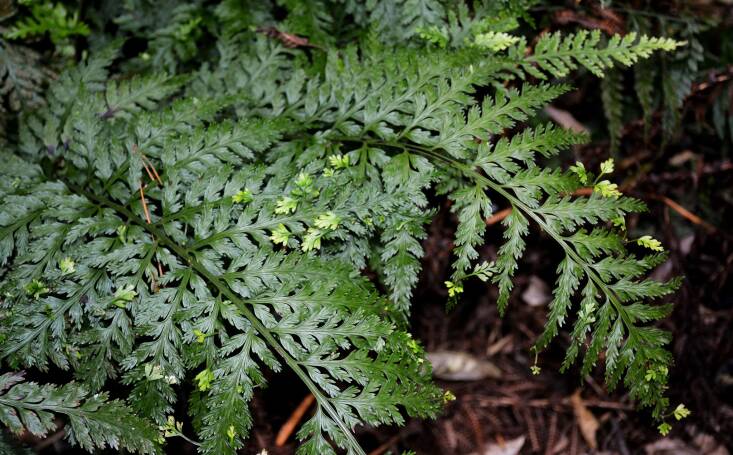
- Plant this fern in a shady spot away from drying winds and thirsty roots of large trees. Deep shade is also tolerated.
- Keep the soil moist. You will know your fern is dehydrated when the fronds droop and shrivel a bit. You can prevent this from happening by giving it regular water.
- To make this fern happy, give it rich soil amended with compost or worm casings.
- To protect the roots and help retain moisture, make sure you add an organic mulch around the base.
- Carefully trim off any brown or dying fronds, being careful not to cut any emerging new growth.
See also:
(Visited 6 times, 6 visits today)

